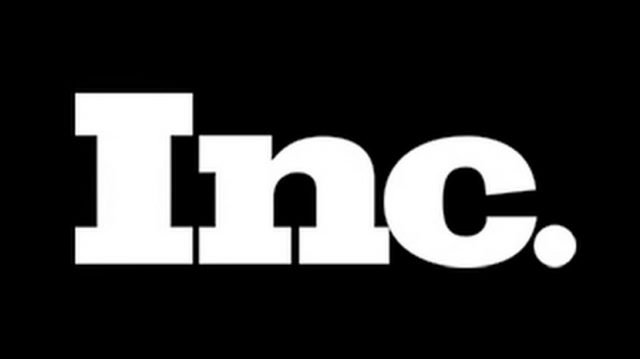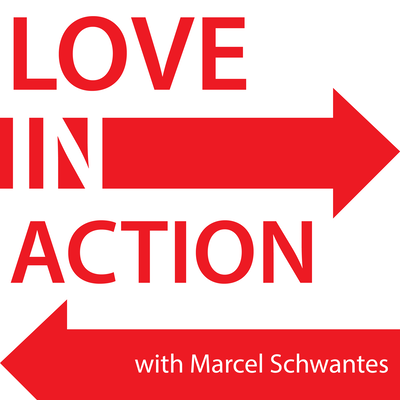The Three Laws of Motivation (Law #3)
Scenario #1: The new owner of the business walks into your office and says, “Based on my review of your performance we’re going to increase your annual salary by $25,000.”
Scenario #2: The new owner walks into your office and says, “Based on my review of your performance we’re going to decrease your annual salary by $25,000.”
Which scenario causes a deeper emotional reaction?
Exactly. As applied psychological research has shown, the pain of a negative is more intense than the pleasure of an equivalent positive. Not only is it more intense, one negative experience can override multiple positive experiences. Making a disrespectful comment, for example, can outweigh all the positive recognition you’ve given to an employee.
Law #3: First, eliminate the negatives
If you want to create an environment that helps your people perform at their best, focus on eliminating the negatives before you introduce the positives. Otherwise those positives may have little effect.
Your thoughts?
Michael





